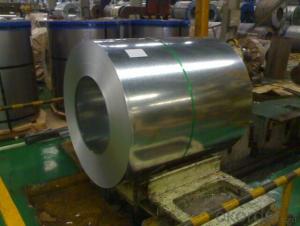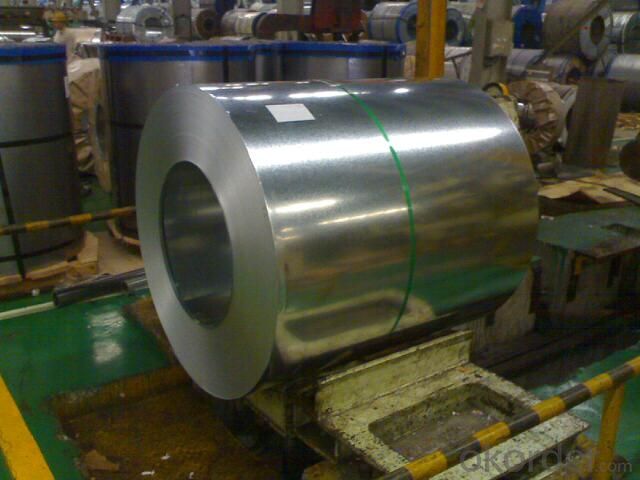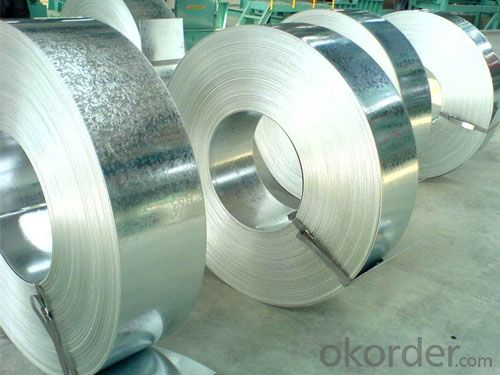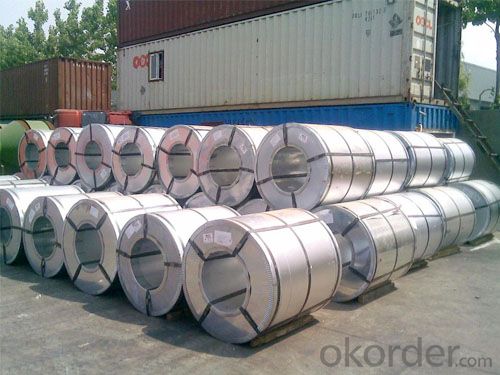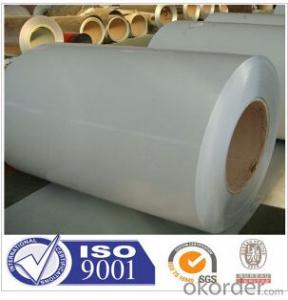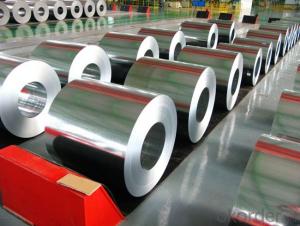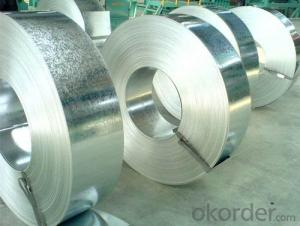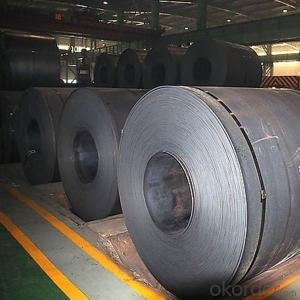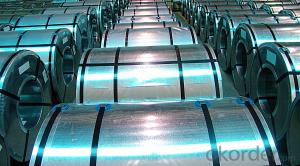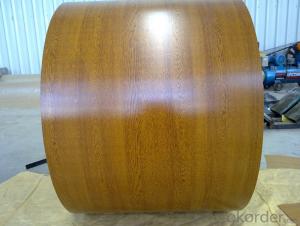Hot-Dip Galvanized Steel Coil Best Quality with Low Price
- Loading Port:
- China main port
- Payment Terms:
- TT OR LC
- Min Order Qty:
- 25 m.t.
- Supply Capability:
- 10000 m.t./month
OKorder Service Pledge
OKorder Financial Service
You Might Also Like
Hot-Dip Galvanized Steel Coil Best Quality with Low Price
1.Structure of Hot-Dip Galvanized Steel Sheet Description:
Hot-dip galvanized steel coils are available with a pure zinc coating through the hot-dip galvanizing process. It offers the economy, strength and formability of steel combined with the corrosion resistance of zinc. The hot-dip process is the process by which steel gets coated in layers of zinc to protect against rust. It is especially useful for countless outdoor and industrial applications.
2.Main Features of the Hot-Dip Galvanized Steel Sheet:
• Smooth and flat surface
• Workability, durability
• Excellent anticorrosive property
• High strength
• Good formability
3. Hot-Dip Galvanized Steel Sheet Images:
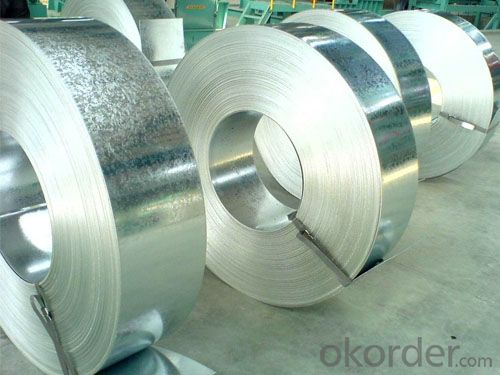
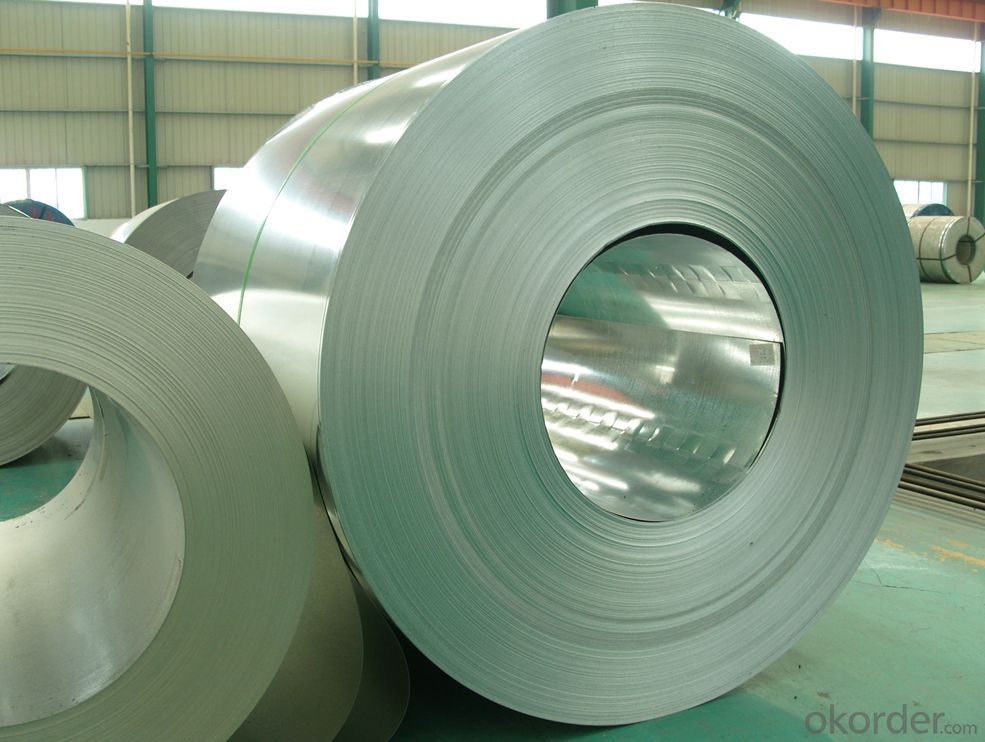
4.Hot-Dip Galvanized Steel Sheet Specification:
Standard: ASTM, JIS,EN
Grade: CS, DX51D+Z,SGCC, SS 230~550,S220GD+Z~S550GD+Z, SGC340~SGC570
Thickness: 0.18mm~5mm
Width: max 2000mm
Coil weight:3-12 MT
Coil ID:508/610mm
Surface structure: zero spangle, regular spangle or minimum spangle
5.FAQ of Hot-Dip Galvanized Steel Sheet
We have organized several common questions for our clients,may help you sincerely:
1.How to guarantee the quality of the products?
We have established the international advanced quality management system,every link from raw material to final product we have strict quality test;We resolutely put an end to unqualified products flowing into the market.
2. How long can we receive the product after purchase?
Usually within thirty working days after receiving buyer’s advance payment or LC. We will arrange the factory manufacturing as soon as possible. The cargo readiness usually takes 15-30 days, but the shipment will depend on the vessel situation.
- Q: What are the different types of steel coil surface coatings?
- There are several different types of steel coil surface coatings that are used to enhance the durability, corrosion resistance, and aesthetic appearance of the steel. Some of the commonly used coatings include: 1. Zinc Coatings: Zinc coatings are widely used to protect steel from corrosion. Galvanized steel coils are coated with a layer of zinc to provide a barrier against moisture and other environmental elements. 2. Galvannealed Coatings: Galvannealed coatings are a combination of zinc and iron. This coating provides enhanced corrosion resistance and also improves paint adhesion, making it suitable for applications where painting is required. 3. Aluminum Coatings: Aluminum coatings are used to provide a lightweight and corrosion-resistant surface. Aluminum-coated steel coils are often used in the automotive industry for body panels and other parts that require high strength and resistance to corrosion. 4. Organic Coatings: Organic coatings are typically applied as a layer of paint or powder coating. These coatings provide protection against corrosion and also offer a wide range of color options for aesthetic purposes. They are commonly used in the construction industry for roofing and cladding applications. 5. Metallic Coatings: Metallic coatings such as tin, nickel, and chromium can be applied to steel coils to provide specific properties like improved electrical conductivity, increased hardness, or enhanced resistance to wear and tear. 6. Ceramic Coatings: Ceramic coatings are used to provide high-temperature resistance and thermal barrier properties. They are often used in applications where steel coils are exposed to extreme heat or in industrial processes that require thermal insulation. Each type of coating has its own unique properties and advantages, and the choice of coating depends on the specific requirements of the application. Manufacturers and engineers carefully consider factors such as cost, durability, corrosion resistance, and aesthetic appeal when selecting the appropriate coating for steel coils.
- Q: I saw an amazing flamenco player, however i have a steel string guitar, where he had a nylon stringed one. So i was wndering if its possible to play flamenco songs on the steel string guitar, and where could i find a tab for it? are there tabs for rasegueados?
- I routinely play Flamenco on a steel-string acoustic as I dislike playing my two classicals because of the neck size and tuning problems. I prefer keeping my calluses toughened sufficiently and I do that on my HD-35 Martin and sometimes on my J45/50 Gibson. So enjoy all genres of music on your steel stringed guitar.
- Q: is stainless steel a good steel for sensitive skin? or does it have to be surgical or sterling silver?
- idk about sensitive skin but i have stainless steal in i think right now. im sure any are good for a healed belly piercing, if it hasnt been 3 monthes yet then id stick with a surgical
- Q: How are steel coils processed for cold rolling or hot rolling?
- Steel coils are processed for cold rolling or hot rolling through a series of steps. For cold rolling, the steel coils are first cleaned and pickled to remove any impurities. They are then passed through a series of rolling mills, where the steel is gradually reduced in thickness and elongated. This process improves the steel's strength and surface finish. In contrast, for hot rolling, the steel coils are heated to high temperatures and then passed through a series of rolling mills. The hot rolling process allows for greater deformability and shaping of the steel, resulting in different thicknesses and shapes.
- Q: What are the challenges in coil blanking for complex shapes?
- Coil blanking for complex shapes poses several challenges, primarily due to the intricate nature of the shapes involved. One significant challenge is achieving precision and accuracy in cutting the coils to create the desired shape. Complex shapes often require intricate cuts and tight tolerances, which necessitates advanced cutting techniques and machinery. Additionally, maintaining consistency throughout the entire coil length can be challenging, as any deviation can result in imperfect shapes. Furthermore, handling and manipulating the coils during the blanking process can be difficult, especially if the shapes are intricate or delicate. Overall, the challenges in coil blanking for complex shapes revolve around achieving precise cuts, maintaining consistency, and effectively handling the coils to ensure high-quality finished products.
- Q: What are the different types of steel coil edges?
- There are several different types of steel coil edges, each with its own unique characteristics and applications. 1. Mill Edge: This is the most common type of steel coil edge. It is produced by cutting the coil at the mill and does not undergo any additional processing or treatment. Mill edge coils have a natural, slightly rounded edge, which makes them suitable for a wide range of applications. 2. Slit Edge: Slit edge coils are created by cutting the coil along its width using a slitting machine. This process results in a straight and smooth edge, making them ideal for applications that require precise measurements, such as automotive parts or electrical components. 3. Deburred Edge: Deburred edge coils have undergone an additional process to remove any burrs or sharp edges that may be present after slitting. This makes them safer to handle and reduces the risk of damage during fabrication or installation. Deburred edge coils are commonly used in the construction industry, especially for structural steel components. 4. Rounded Edge: As the name suggests, rounded edge coils have a rounded edge profile. This type of edge is achieved through a specific rolling process that creates a smooth and curved edge. Rounded edge coils are often used in applications where safety is a concern, such as in the manufacturing of household appliances or kitchen equipment. 5. Sheared Edge: Sheared edge coils are produced by cutting the coil with shearing blades, resulting in a straight edge with a slight burr. While sheared edge coils may have a rougher finish compared to other types of edges, they are still commonly used in applications that do not require a high level of precision, such as general fabrication or shelving. Overall, the choice of steel coil edge depends on the specific requirements of the application, including factors such as measurement precision, safety considerations, and aesthetic preferences.
- Q: Hey I just got a mini 14 manufactured in 1980. I also had some .223 Wolf steel cased HP rounds (about 200) that i could shoot throught it, but I was just wondering if its a bad idea to use this steel cased ammo...? Only the casing is steel i believe... and the bullet is copper jacketedthanks for your help
- Wolf's steel cased ammo isn't bad as practice/plinking ammo, especially for the price, as long as you give your weapons MULTIPLE, THOROUGH cleanings between uses, to be sure and remove ALL the gas fouling left by the Wolf components. HOWEVER.................. As Wolf steel cases are lacquer coated, DO NOT leave a round in a hot chamber, even during short pauses between stages of fire on the range, as the lacquer coating WILL melt, and cause the round to seize in the chamber, causing extraction and jamming problems, especially if the weapon is allowed to cool down with the round left in the chamber. Be extra diligent in removing this lacquer fouling when cleaning the weapon later. I have personally seen other shooters have the case rims ripped off spent cases in the chambers, causing a trip to the gunsmith to have the stuck case removed without damaging the weapon's chamber and actioin, at no minor expense.
- Q: a steel abr sells for about 879 now...a mith just over 1kany suggestions on which-keyword WHICH steel item to make-which is the best-exp wise, and steel bar conservative wise.
- Mining okorder /
- Q: What is the standard diameter of steel coils?
- The standard diameter of steel coils can vary depending on the specific industry and application. However, in general, the standard diameter of steel coils typically ranges from 24 inches to 72 inches. This range allows for easy handling, transportation, and storage of the coils. It is important to note that different industries may have their own specific requirements for steel coil diameters based on factors such as equipment compatibility, production processes, and logistical considerations.
- Q: How are steel coils used in the production of structural components?
- Structural components heavily rely on steel coils throughout the production process. These coils, made from rolled steel strips, serve as the essential raw material for manufacturing various components like beams, columns, and trusses. The initial step in utilizing steel coils for structural components involves uncoiling the strip and cutting it into desired lengths. This can be achieved using diverse cutting methods, such as shearing or sawing. Once the coils are cut into appropriate lengths, they undergo further processing to shape them into specific structural components required for a particular project. One prevalent approach to shaping steel coils into structural components is through bending or forming. This necessitates the use of specialized machinery to bend or shape the steel into the desired configuration. For instance, a steel coil can be bent into an I-beam shape, commonly employed as a load-bearing component in buildings and bridges. Another technique employed for shaping steel coils into structural components is welding. This involves joining multiple steel coils together to create larger components. Welding is often employed to fabricate components like columns or trusses, which demand the combination of multiple steel coils to achieve the required strength and structural integrity. Once the steel coils have been shaped and formed into the desired structural components, they may undergo additional processes, including surface treatment or coating, to enhance their durability and resistance to corrosion. This ensures that the components will endure and withstand the demands of their intended applications. In conclusion, steel coils are crucial in manufacturing structural components as they provide the necessary raw material. Through cutting, bending, and welding processes, steel coils are transformed into the specific components needed for various construction projects. These components play a vital role in supporting the structural integrity of buildings, bridges, and other structures.
Send your message to us
Hot-Dip Galvanized Steel Coil Best Quality with Low Price
- Loading Port:
- China main port
- Payment Terms:
- TT OR LC
- Min Order Qty:
- 25 m.t.
- Supply Capability:
- 10000 m.t./month
OKorder Service Pledge
OKorder Financial Service
Similar products
Hot products
Hot Searches
Related keywords
